Browsing an angling forum recently I noticed a few posts asking for help and advice regarding the rolling of boilies for the first time. Many a seasoned angler will already be familiar with the art of creating a bespoke carp or barbel bait, but what of the relative newcomer to the undeniably confusing world of the specialist bait scene? So with this piece, I intend to convey a few hints and tips to aid the novice bait buff and the trainee boilie roller on the road through the minefield that is making your own bait. Regardless of tackle and tactics, confidence in your bait is the first cornerstone of any angling excursion, be it a one off day session for chub or a lengthy big carp campaign. The plethora of information and advice available is truly mind boggling, with many an experienced bait guru gracing the pages of publications over the years. One undeniable fact shines through all of the experience shared over the years; fresh bait will help you catch more fish. The distinct advantage of rolling your own is that you possess total control over the finished article, which can make a serious difference to both confidence and catch rate.
Boilies and Base Mixes
Many years since the Wilton era of special baits and the original HNV theory, we have now reached a point where there are literally decades of experience behind many of the commercially available boilies and base mixes. These being a paste bait mixed with eggs and boiled to deter nuisance fish, a tactic devised in the 60’s. Therefore when it comes to knowledge of ingredients and attractors that fish have shown a liking to, you can literally buy that experience in a bag in the form of a commercially available boilie base mix. Those that still have the experimental urge to create something new and unique are the driving force behind modern bait developments which are still advancing to this day. For the beginner, trusting in those that have got covered in stinking bait ingredients and mix before you is a shortcut to success, being the ideal place to start without all the confusion of an ounce of ‘eye of newt’ and half an ounce of ‘wing of bat’ like it used to be in the secret squirrel days.
My first introduction to rolling boilies and the formulation of special baits was as a young lad. My task was to sort the different colours of ‘Go-Cat’ into separate piles, ready for grinding, sieving and adding to other strange fishy powders and liquids that went to make my Dad’s secret carp baits. Dad was a professional and could roll 3 baits at a time, whilst I was content to make little Morph men and snails out of the paste and generally get covered in the stuff. That was never a problem as my parents have always owned dogs who would soon fight over any stray baits, they always loved a boilie and are regular field testers of mine. As a result I have always appreciated the reward of unfolding the net on a capture tempted by my own creation.
The greater subject of bait has been discussed in enough depth to obtain a Phd in bait composition and development. As the existence of excellent bait companies both large and small prove, there are plenty of people who know a thing or two about boilied baits. Most modern bait manufacturers will offer some type of fishmeal/birdfood/milk protien combination bait and if you have no idea where to start, I would recommend any of these robin red and fishmeal type mixes. Tons of these baits get used every year and thousands of carp are used to picking up the little red balls of goodness, I use baits like this with total confidence and any variations on a theme can appear to be much of a muchness. If you don’t know where to start, pick one with a good reputation, follow the recipe and then concentrate on putting it in the right place. After a while you can start to cherry pick the additives and attractors from other bait manufacturers to create a bespoke bait. Time spent watching fish respond to your bait will teach you what works for your particular venues and quarry.
My first ‘mass produced’ home formulated and home rolled baits were made to a basic recipe that was imparted to me, whereas I would mix and match the ingredients and additives to facilitate slight tweaks and changes. I would typically buy all the ingredients in moderate quantities and mix all the dry ingredients thoroughly to make batches of 20 kilos, which were then stored in buckets ready for mixing and rolling. The bait I made consisted of a mix of bird foods and/or fishmeals which were then added to an equal amount of 50/50 mix to aid bulking, binding and rolling. The bird foods and fishmeals were all ground and sieved to produce a smoother and tougher boilie instead of possessing a coarse texture, like some commercial bird food type baits can be. Attractors and food supplements varied depending on whether I wanted a sweet or savoury bait and dependent on time of year. Typical liquid food and flavour combinations included; Hutchy’s seafood blend, scopex, maplecream or chocolate malt, a sweetener and up to 30ml of an amino type compound or sense appeal.
These options made a range of baits which I used to great effect on my local waters. As time goes on however, and with the advent of the ability to purchase quantities of ready mixed base mix and rolled bait, I have been content to trust in other people who know considerably more about bait than I do. However, there are occasions in angling that requires deviation from a bait that is pre-rolled and straight from the bag. This is where you will find me still concocting recipes, or tweaking others I have confidence in that require slight upgrades depending on what for and indeed where I am angling. These changes could be different variations of attractor, to either attract or repel ‘nuisance’ fish, darkening down of bait that may be visually obvious to our feathered friends after becoming washed out in the water, to simply adding a bit of what I have confidence in to maybe change the label slightly. One thing I always bare in mind is that carp especially are very fickle creatures and will chop and change tastes depending on their mood, which is another whole topic for discussion.
Early bait rolling equipment consisted of simply rolling baits by hand, until the advent of the singularly most important tool for bringing semi industrial bait creation to the home, the Gardner Rolling Tables. I have a selection from over the years, and have a soft spot for the original square 14mm table which I use for most of my pop ups and small batches of fresh barbel baits. Of course the large Rolaball Tables have enabled tons of bait to be processed, and my eventual acquisition of Shilham rolling tables combined with a compressor means I can churn large amounts of bait out with relative ease. I say relative because it can still be a tremendous arm ache and pain in the nostril area, although I am comfortable with the fact I sometimes smell of Squid and Octopus for a few days. It covers up the smell of halibut pellet. Thankfully, for my larger campaign consignments and when I need a freezerful at short notice, my bait roller Alan does a tremendous job.
The Hardware
Assume you are clutching your newly procured bag of base mix in one hand, mixing bowl and spoon in the other and have the urge to roll a bit of bait. To make a carp or barbel bait in your kitchen at home on a small scale, you will require the following equipment:
Base mix of choice.
Recommended additives (check the back of the base mix packet).
Eggs.
Large mixing bowl.
Whisk and mixing spoon.
Measuring devices for the additives.
Plastic bag to place paste in when mixed.
Flat and clean surface to work on.
Saucepan with either a chip basket or large serving spoon.
Drying area with tea towels.
Boilie extrusion gun with a selection of nozzles.
Boilie rolling tables of various sizes.
Freezer space.
One other important aspect of bait making which is not on the list is plenty of forewarning to anyone you live with that bait making is about to commence. Some truly disgusting lingering odours can be summoned up from beyond the grave if you are not careful, and a spilled bottle of Monster Crab could require a complete kitchen refurbishment.
The Process
So, you have all the hardware and base mix together, whats the plan of action? It’s literally as simple as making a cake, well at least to start with.
Begin by breaking eggs into the bowl. Leave the shells if you so desire for extra texture, I prefer mine without shells.
Add the chosen additives at the ratios recommended. Its widely recommended to drop the ratios for the flavours if the bait is to be considered for long term use.
Mix the eggs and liquids together with a whisk.
Add the base mix to the eggs a bit at a time and mix with a wooden spoon until a dough begins to form.
Keep adding base mix, kneading the dough until the consistency of soft marzipan is reached.
Wrap the paste in the plastic bag and leave in the fridge for 20 minutes or so whilst you wash up the mixing bowl and utensils.
After washing up, remove the paste from the fridge and roll into a large sausage shape.
Load the bait gun with the sausage of paste, and begin extruding.
Before using the table, I like to apply a thin layer of oil to prevent the mix sticking to the rolling table.
Lay the extruded sausages onto the boilie rolling table.
Press the top of the table down to cut the sausages and roll the baits.
Brush the baits onto the waiting drying tray.
Roll the rest of the mix and store in the trays until boiling.
Bring a saucepan of water to a rolling boil.
Add a couple of handfuls of rolled baits to the water.
After the desired time, remove from the water and leave to cool on the drying trays.
Leave for a few hours, then bag them up and freeze.
Boiling time is dependent on the required outcome of bait consistency, larger diameter boilies require longer than 10mm baits which are best scooped out after they begin to float. However, 18mm boilies removed after they have floated to the surface will still be paste inside, which will impart a texture that aids breakdown and leakage. Mixed textures are deal for free offerings, but your hookbaits may require further boiling to toughen them up if you intend to leave them in situ for any length of time. Using the mixed texture free offerings, coupled with a range of sizes and shapes, you can create a confusing feeding situation where the fish are unsure what the hookbait is. With a barbel bait especially, the implications are that you can adjust the leakage rate without varying base mix ingredients. With the same base mix and attractor package, you can still vary the results and give yourself far more options than just using a hookbait boilie straight from a bag and feeding them identical free offerings. A tactic that undoubtedly works in many situations and me even be preferable in some conditions, but the option of a bit of variety will definitely give you the advantage.
Hookbaits
What aspects of your hookbait can you tailor? Well, so many variables can now be considered for tailoring your hookbaits, inclusion of cork dust or granules will allow you to create a buoyant or neutral buoyant bait, almost exactly the same as the free offerings. Cork balls are widely used to make pop ups identical to free offerings. You could always go the other way and include ingredients to make your hookbait heavier, and make it difficult to pick the boilie up, or coarser to leak attractors. Combined with the variety of densities and textures of freebies written about earlier, the fish may become confused and therefore more likely to make a mistake. The point is, experiment for yourself whilst trying to understand why you are catching and if these tweaks and refinements are indeed making a difference.
Hookbaits can also be subjected to higher flavour levels to compensate for any extended boil times which will wash flavours out of the bait. The benefits of this is that a harder hookbait consistency can be achieved which lasts in the water for an extended period, whilst still emitting the chosen flavour signal. Extras such as egg albumin or a commercial hookbait hardener will also give the same effect as does air drying, glugging in oils or meshing. Personal preference obviously counts, but I find it easy to make a batch of cork dust baits, increased flavour level baits, or harder hookbaits from the same paste I make the freebies from then storing them in various natural food liquids. Some of my pop ups have taken on so much liquid they now sink, and ooze attraction for days on end.
Cork Dust Hookbaits
Cork dust hookbait manufacture is simply a matter of adding some cork granules whilst mixing the paste.
You can either mix cork into some paste saved from rolling bait or mix a separate batch for hookbaits only.
A ratio of 60% base mix and 40% cork tends to make a suitable low density bait that will waft about and stands the chance of being amongst the first baits to travel upwards as the carp hoover over a baited area.
Roll the baits as usual and boil for a couple of minutes, leave to dry. The finished baits can either be air dried or frozen.
Pop Ups From Pop Up Mix
In this example I am using egg, but many pop up mixes require only water.
Add attractors and mix them together with a whisk or fork.
Sprinkle the pop up mix in slowly until a paste is formed. Keep adding until the paste is workable and ready for rolling.
Roll the sausages, either by gun or sausage roller.
Place them on the roller and form the baits.
Boil for 1 minute before removing to dry.
Summary
Bait making can be a fascinating aside to angling, and the satisfaction of making your own successful bait is a part of what makes our sport so rewarding. Hopefully these few pages have inspired those un-initiated in bait making to at least have a go. It may also spur those who have long forgotten the joys of rolling to rekindle their creative side and get in the kitchen and resurrect their forgotten boilie rolling kit. Get creative, get covered in eggs and base mix, then get out there and catch a few. However, as always in angling, remember it is eventually down to the fish. Despite all the effort, theory and science behind specialist carp and barbel baits, and how much we like to think we know, they still go and pick up a bit of plastic.


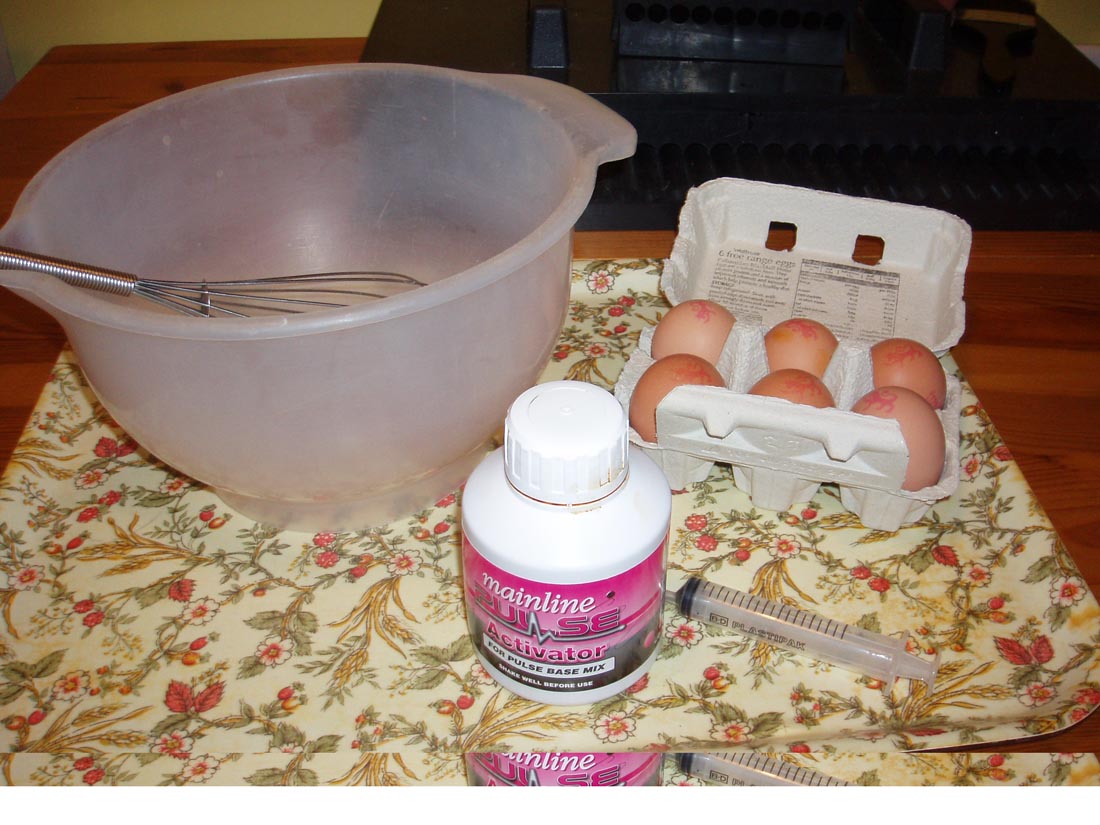
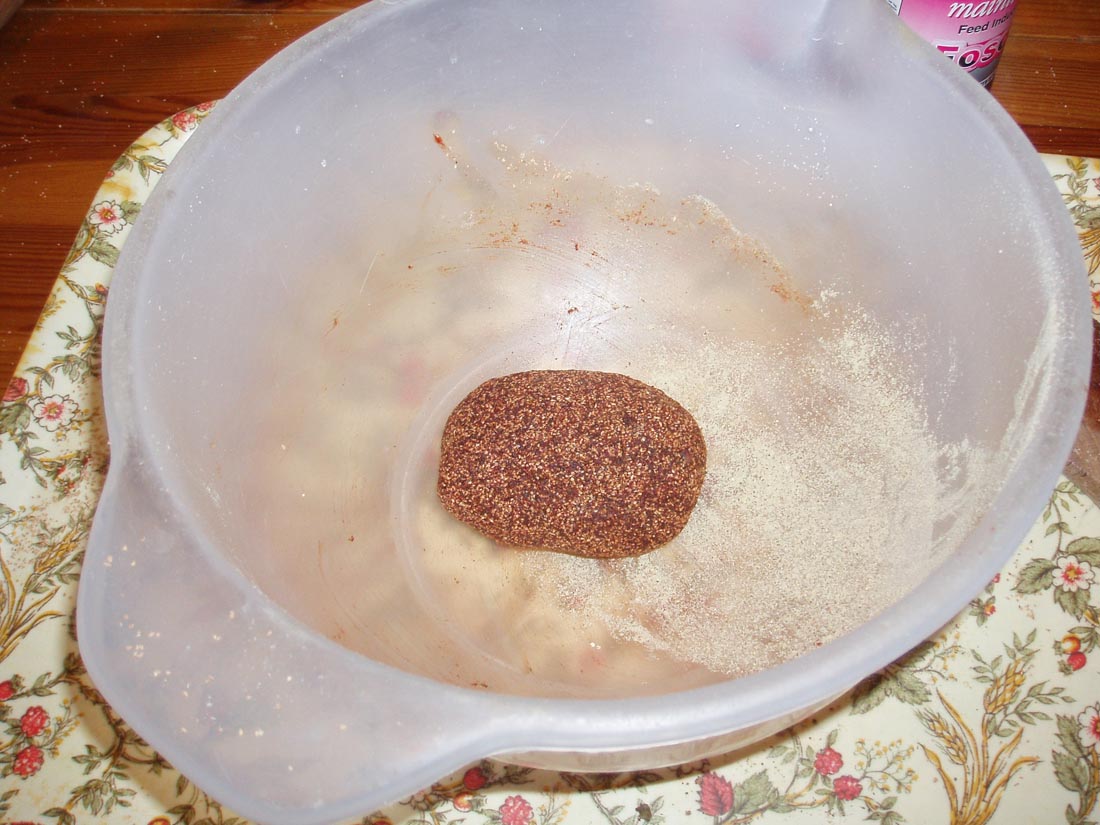
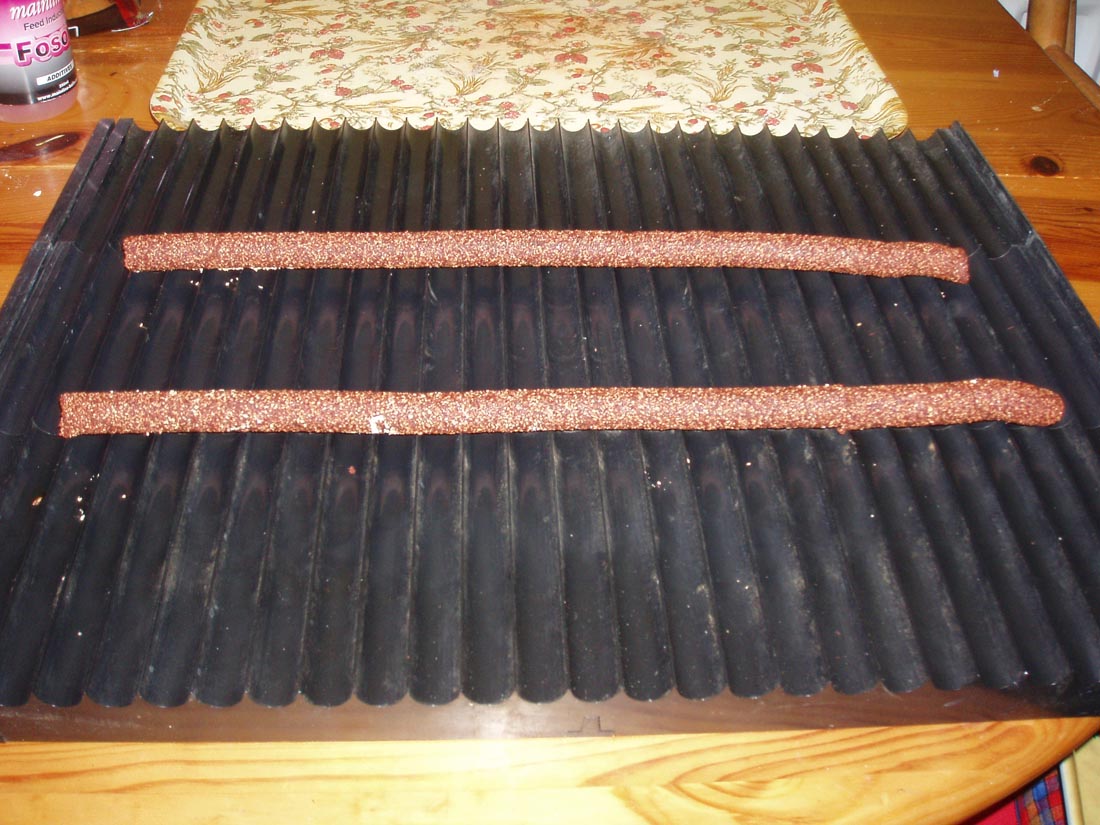
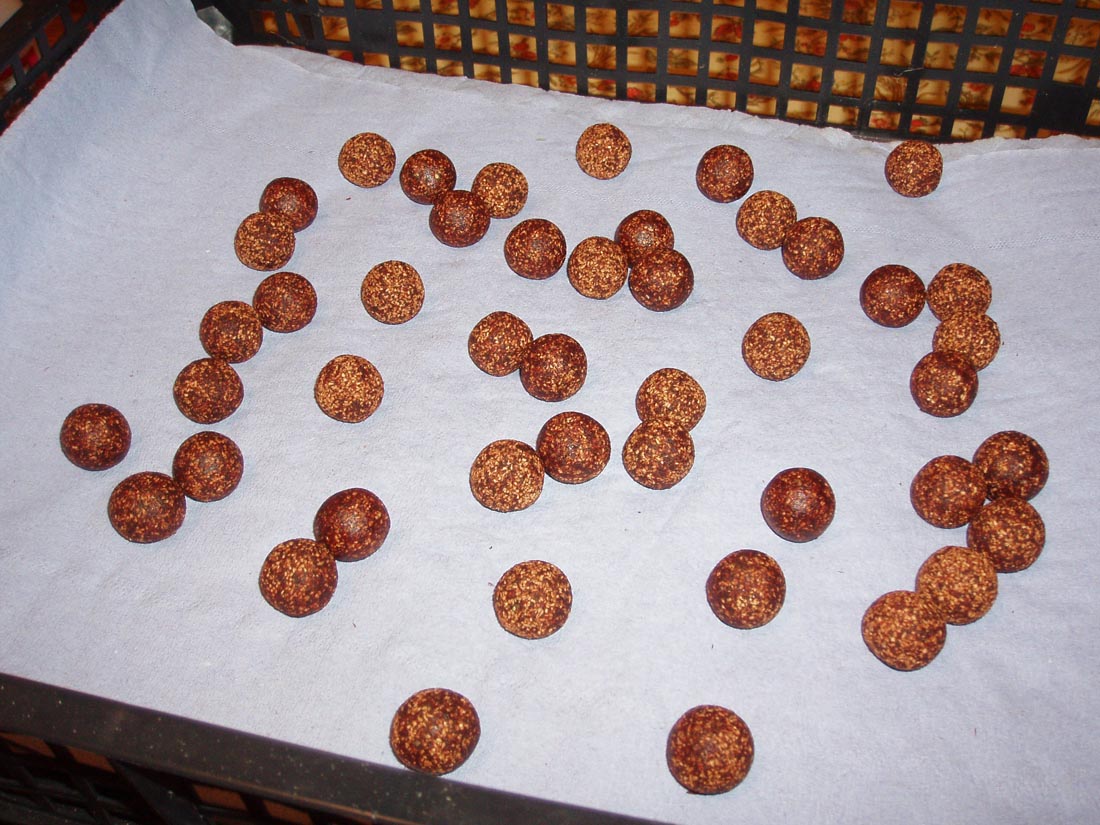
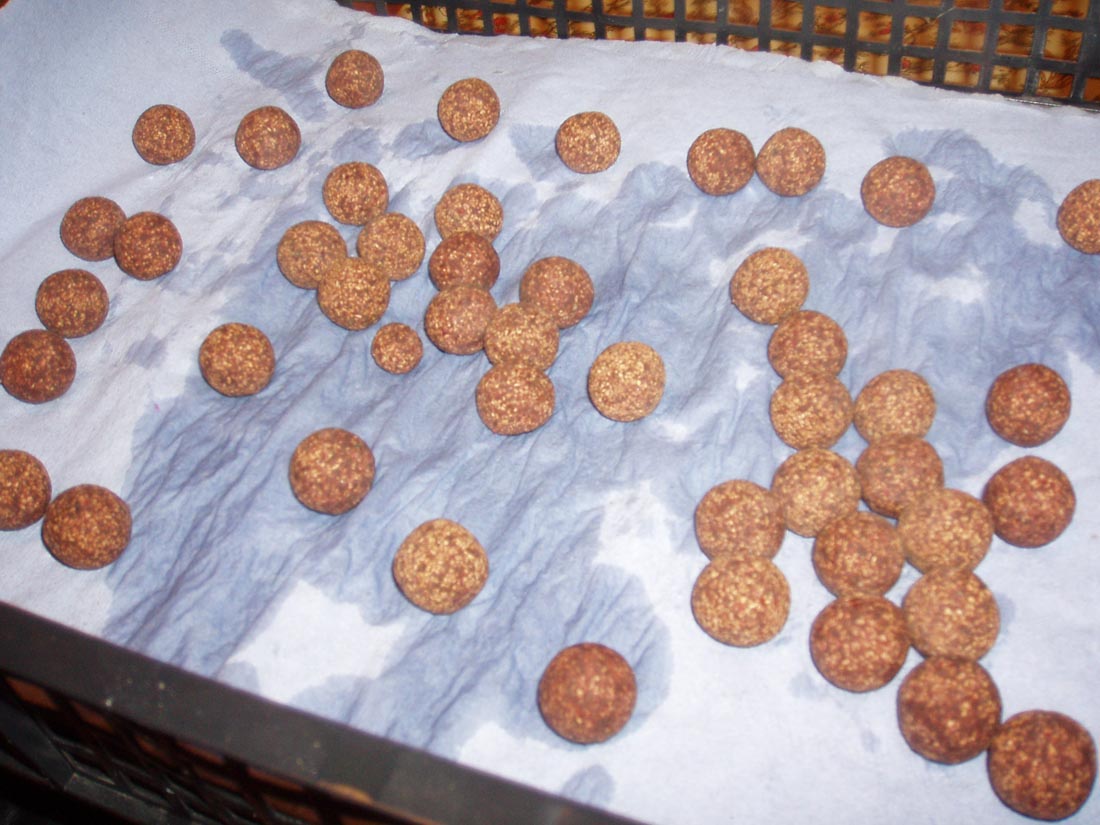

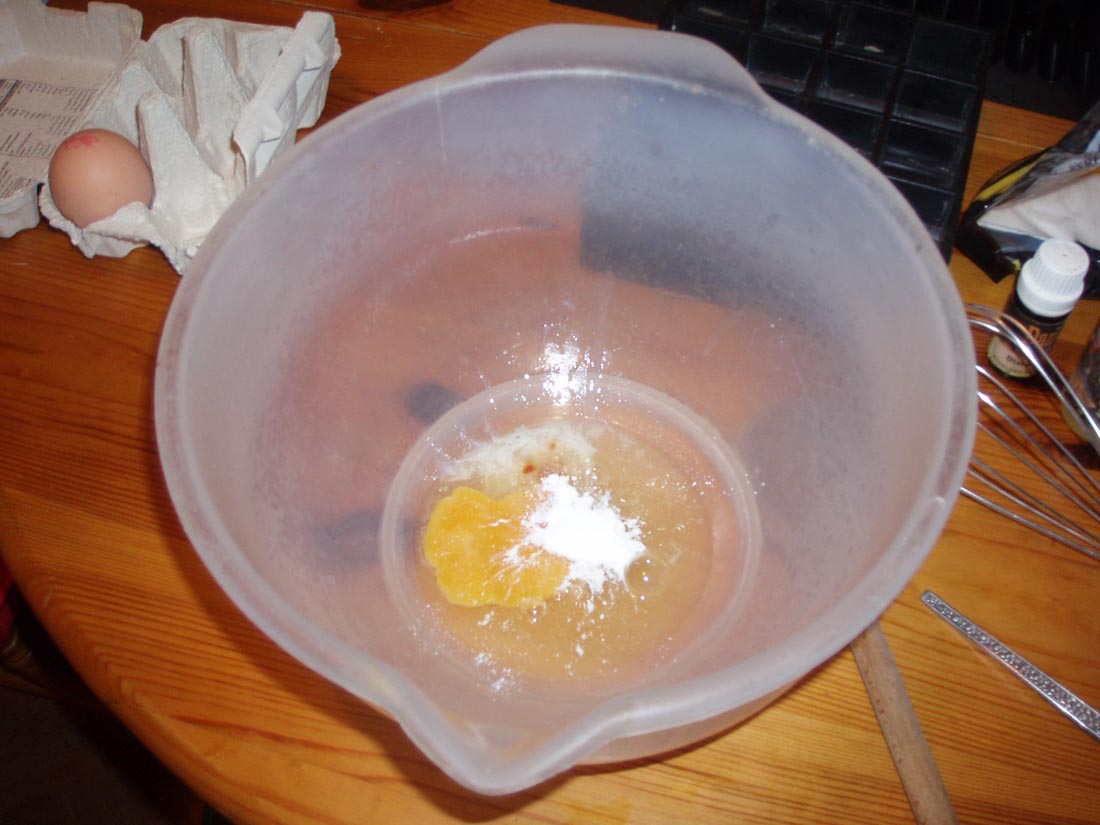

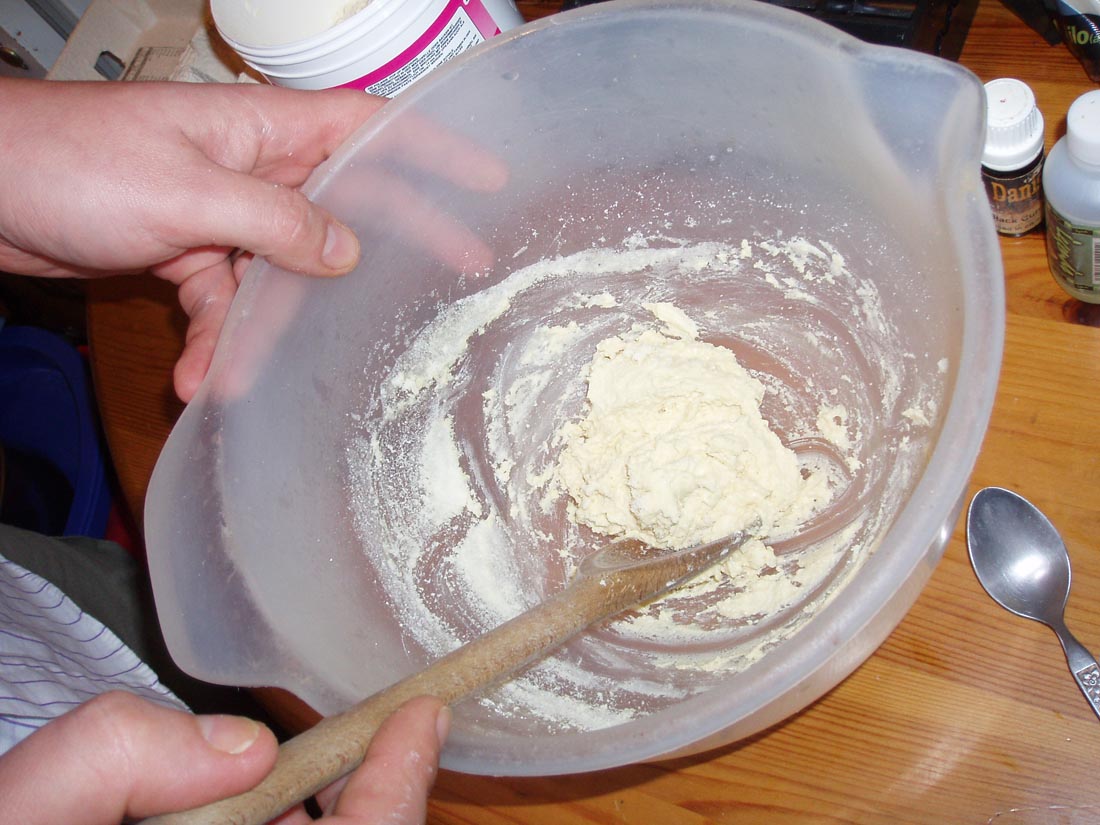
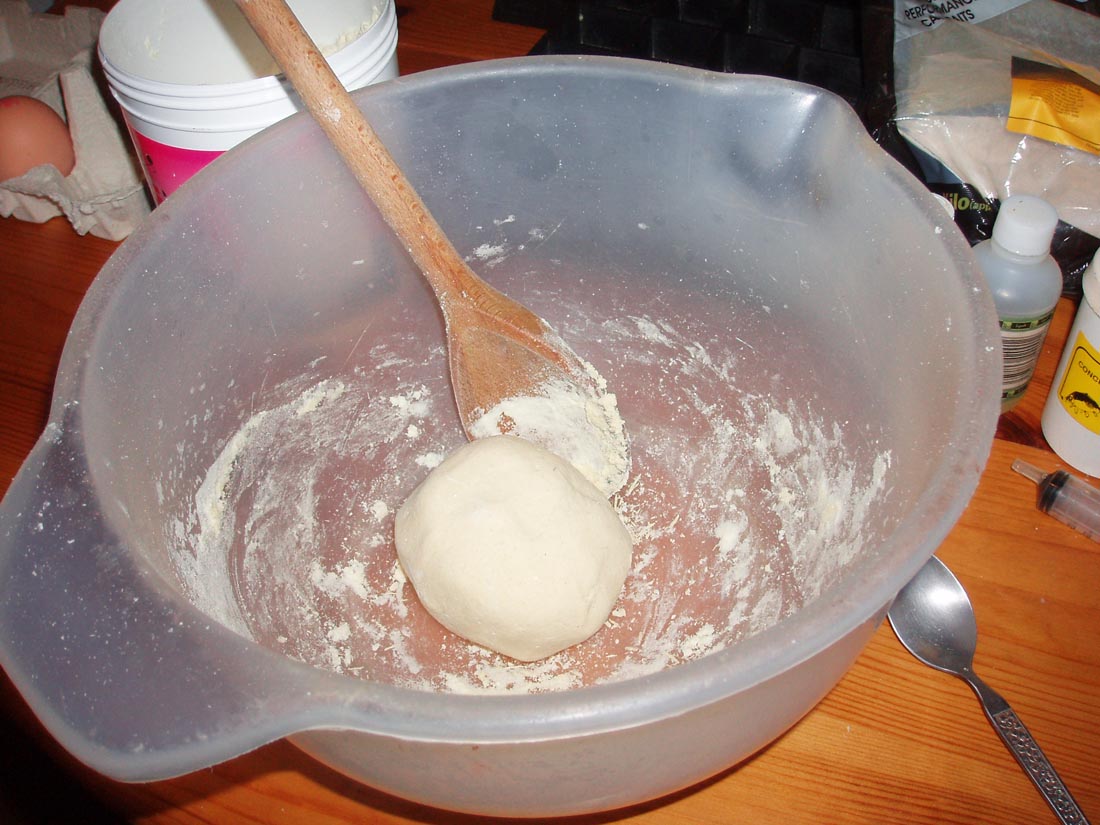
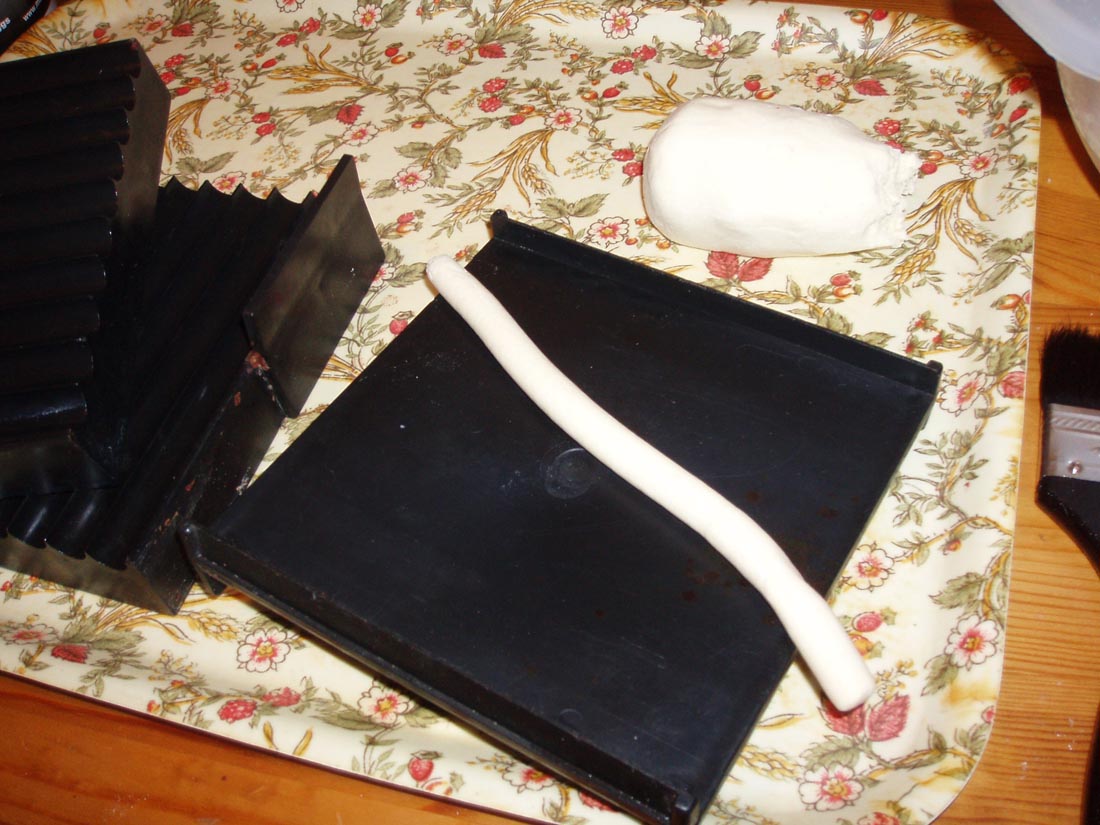
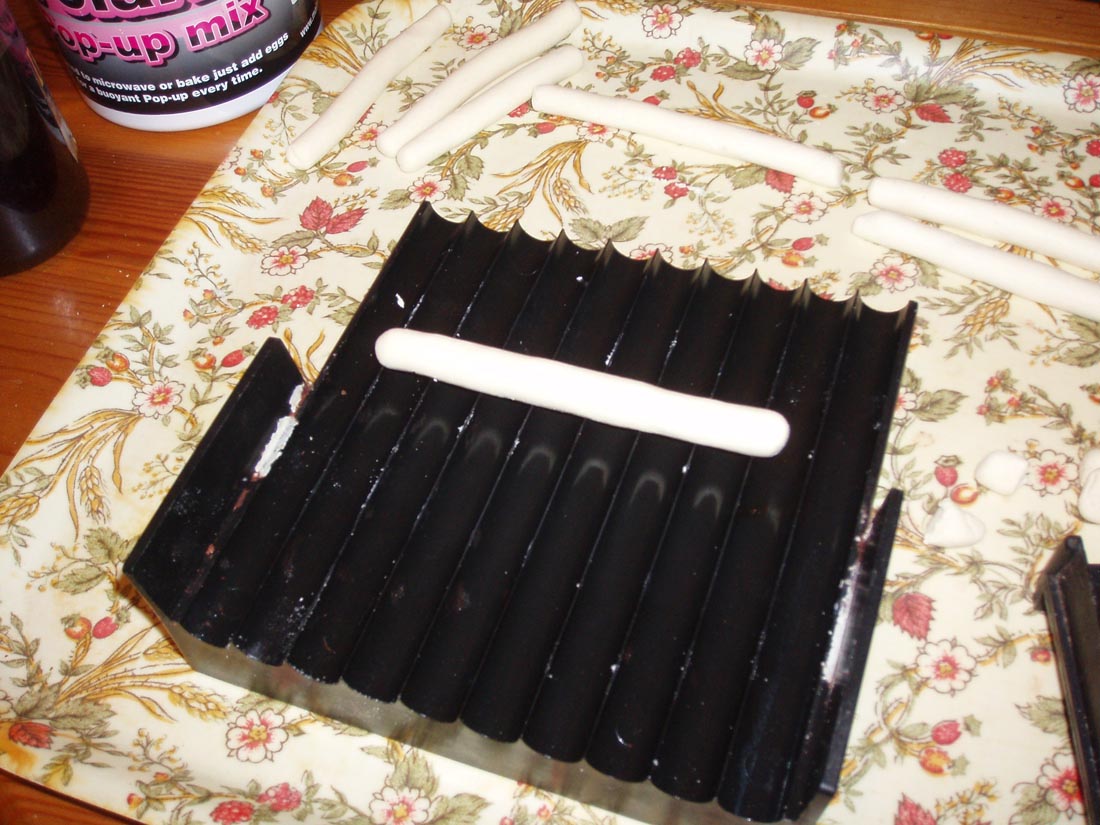
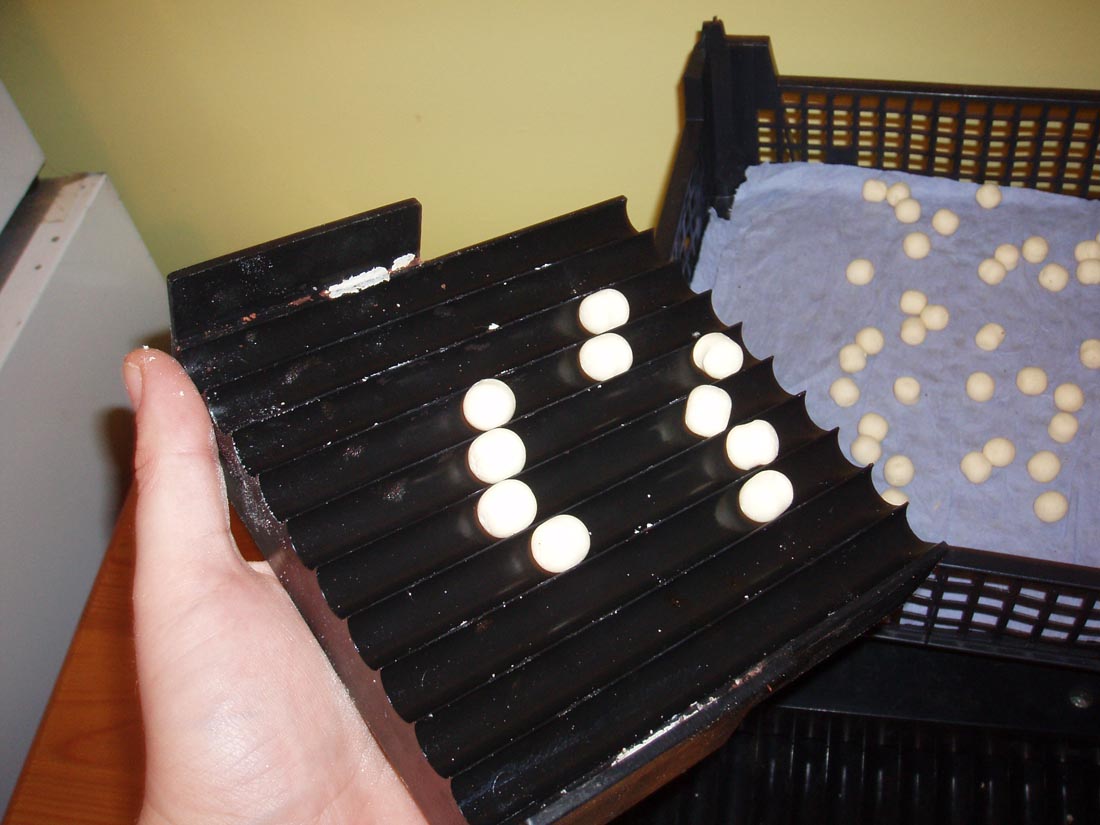

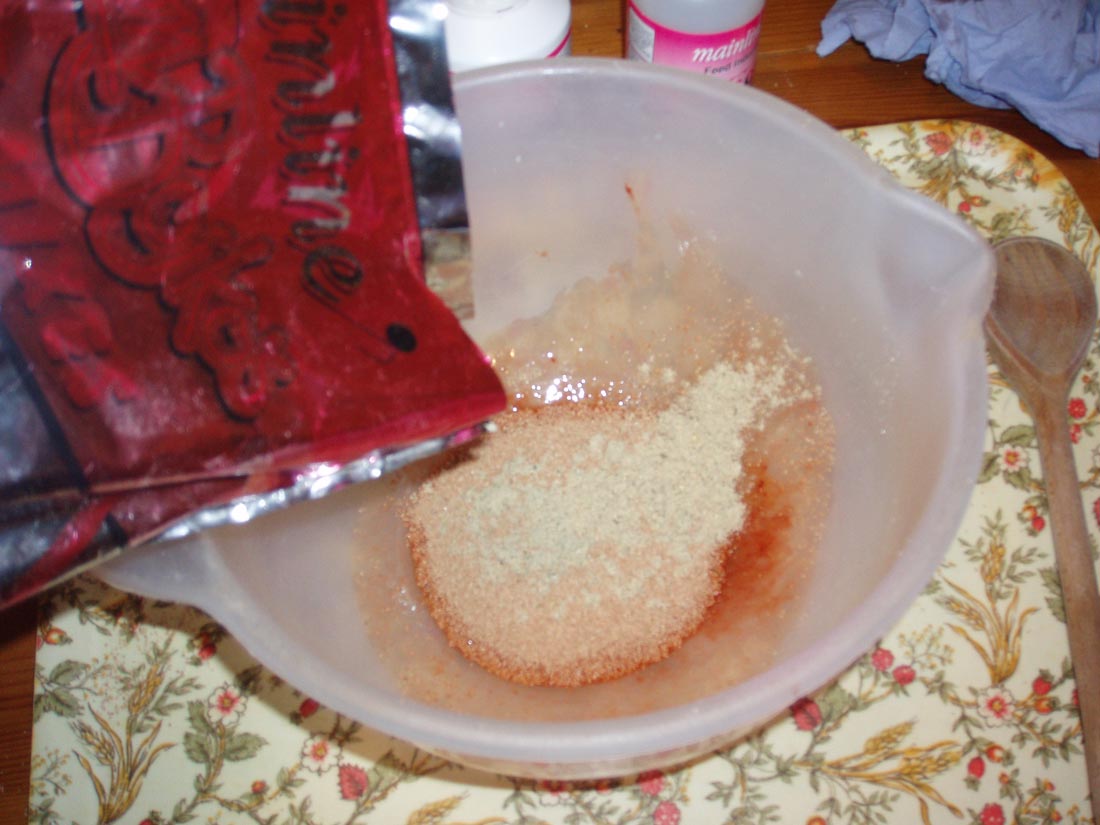
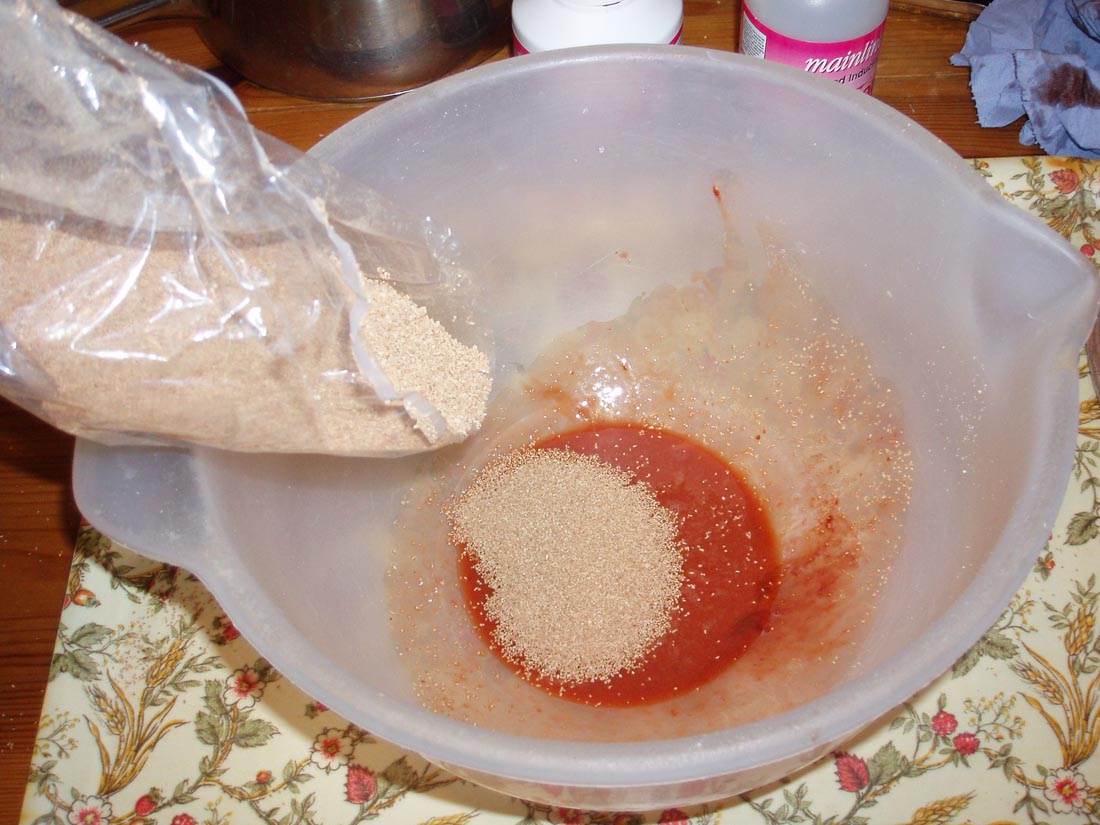
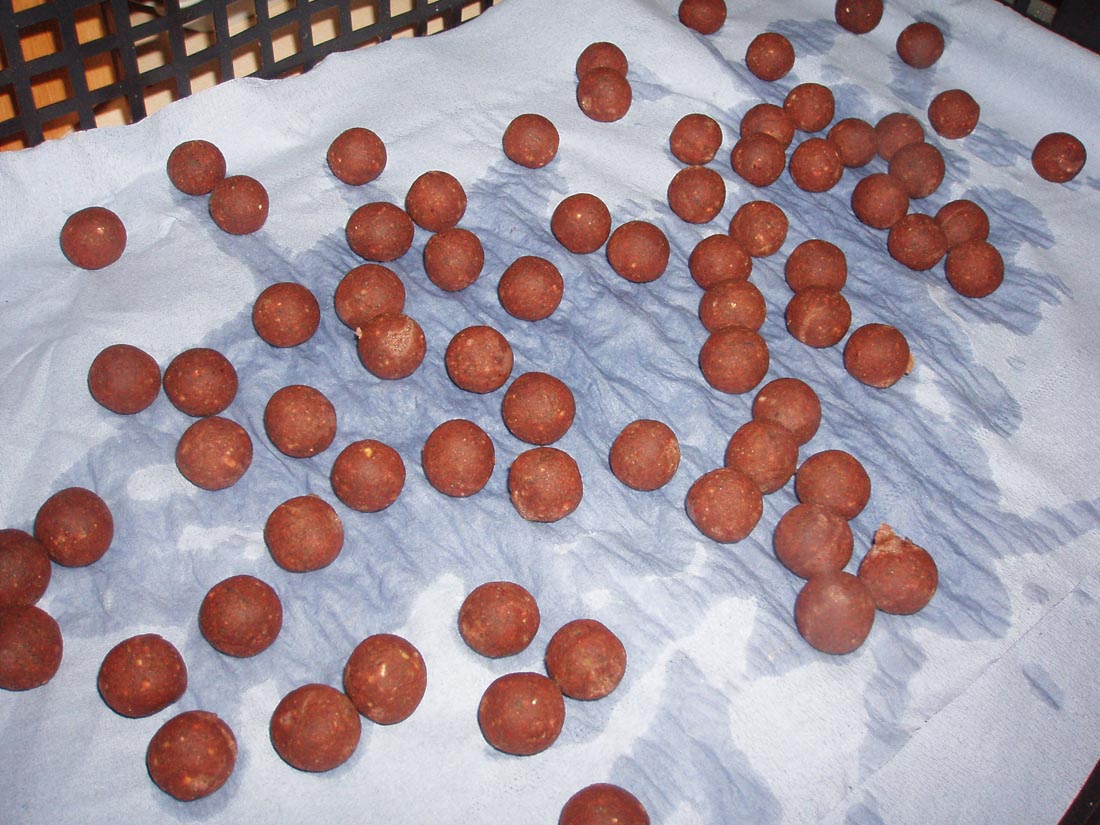
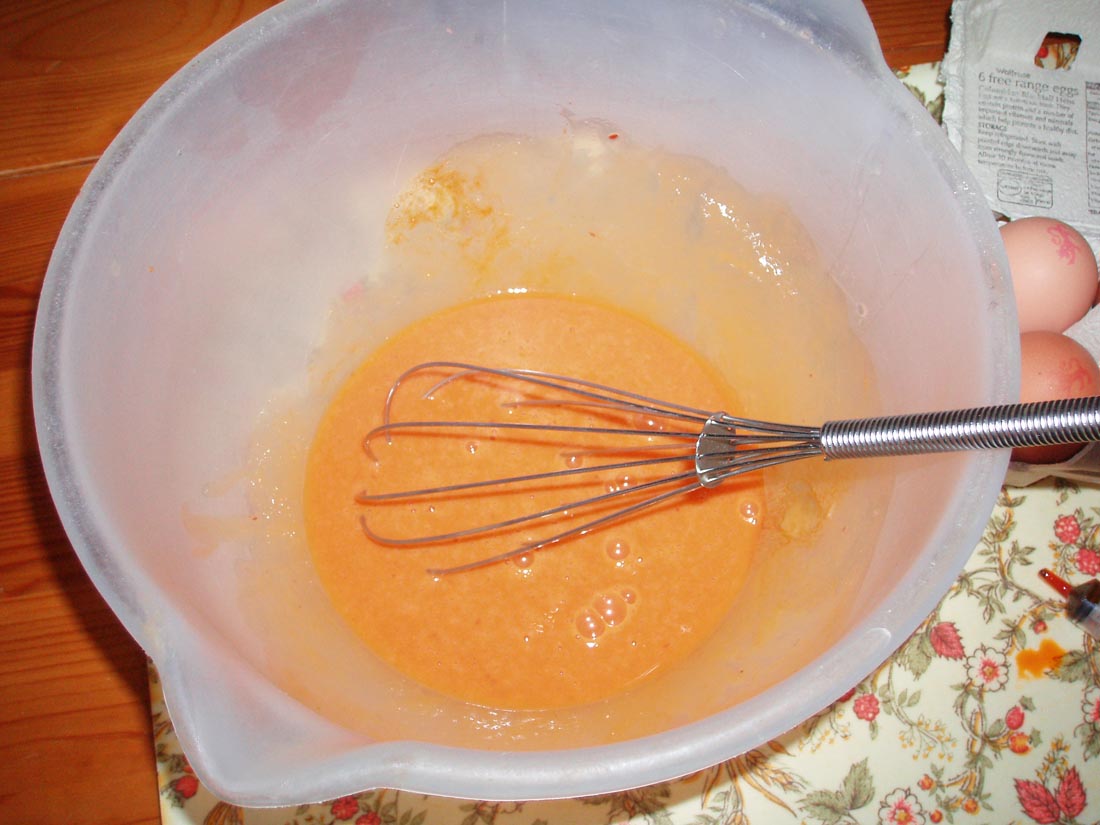
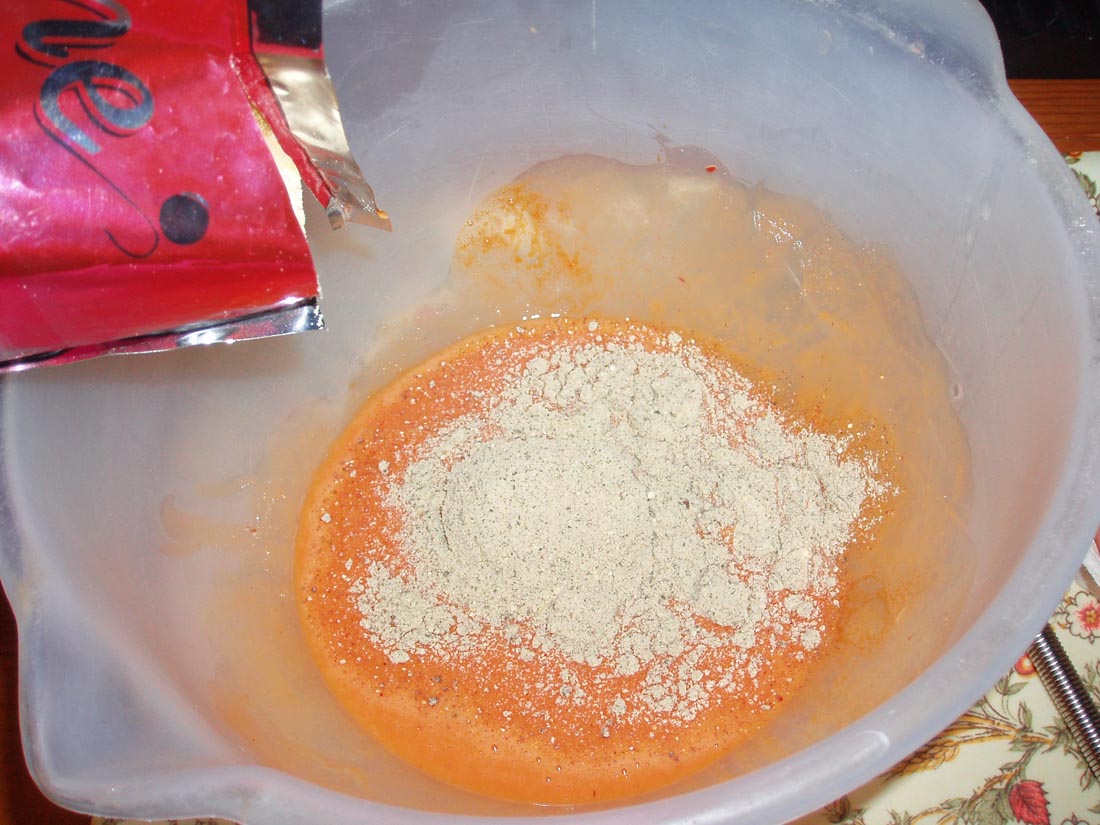
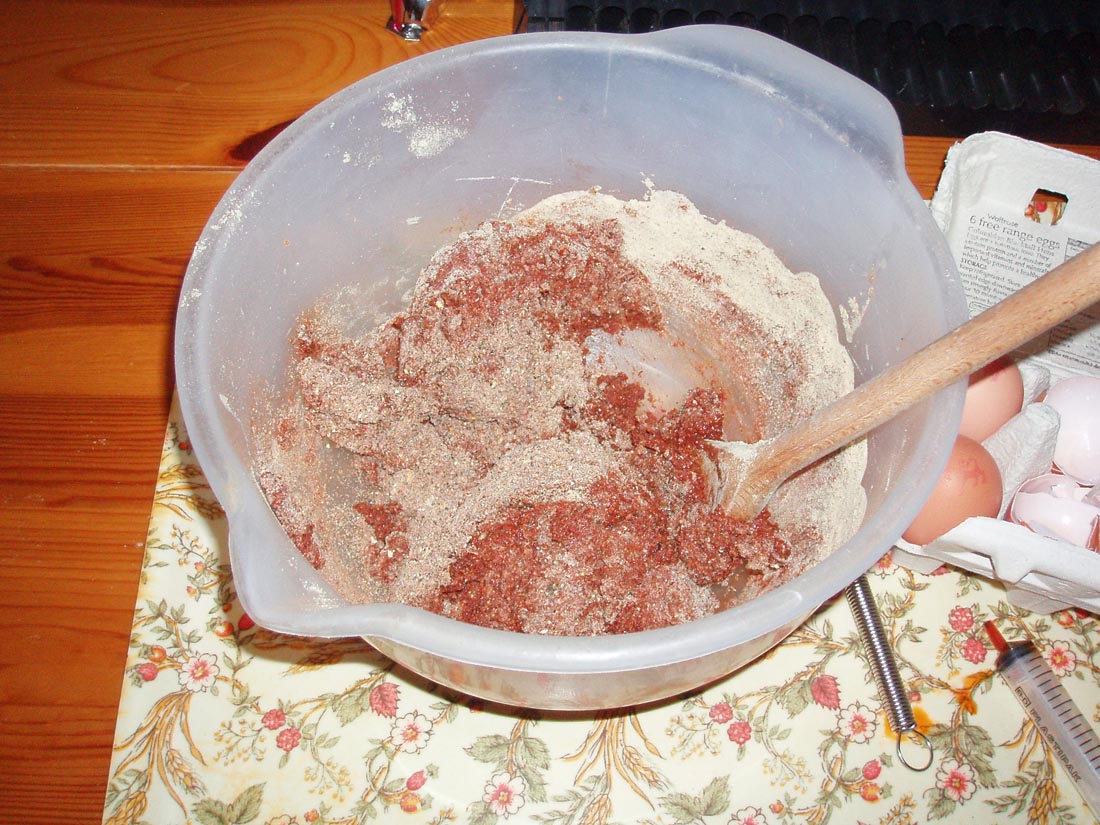
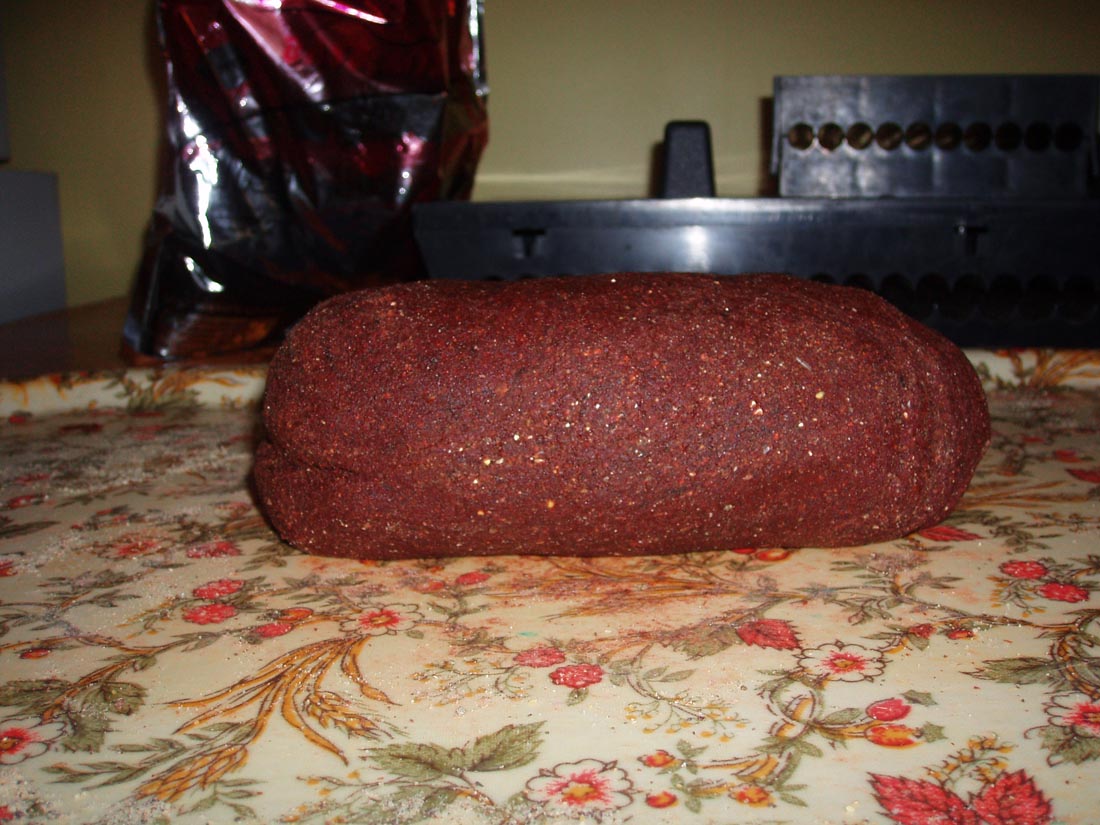

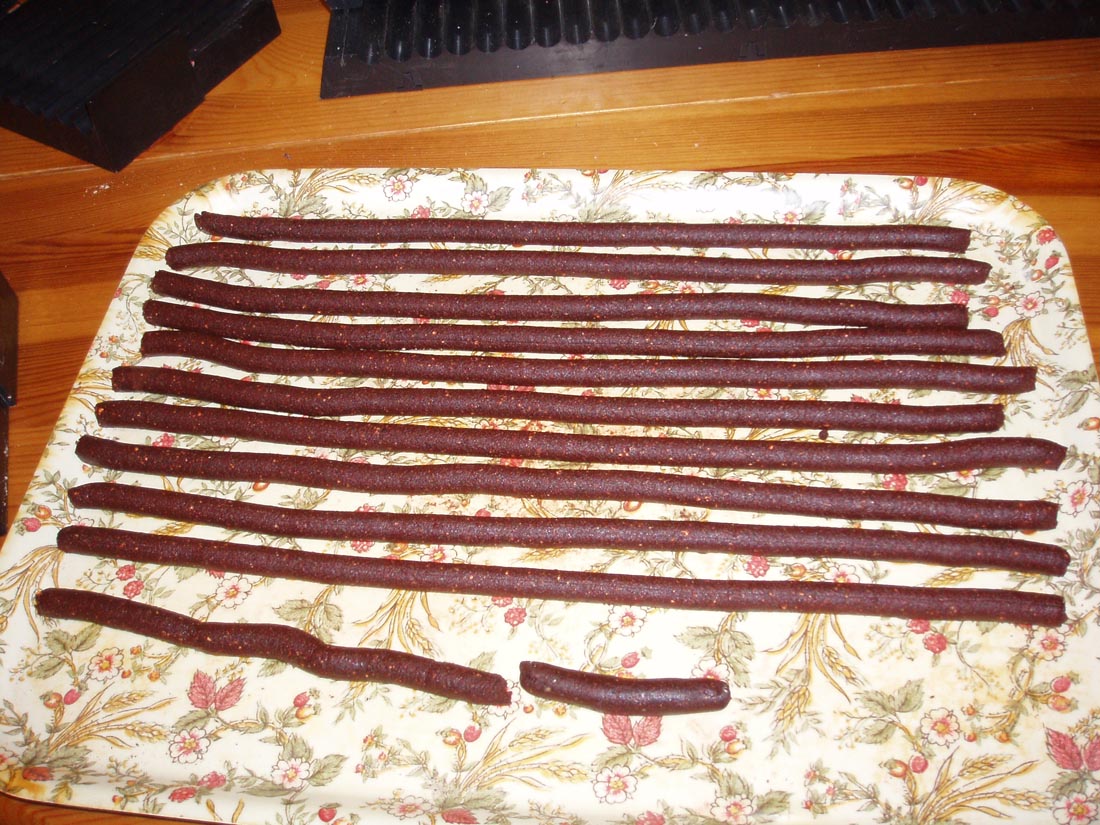
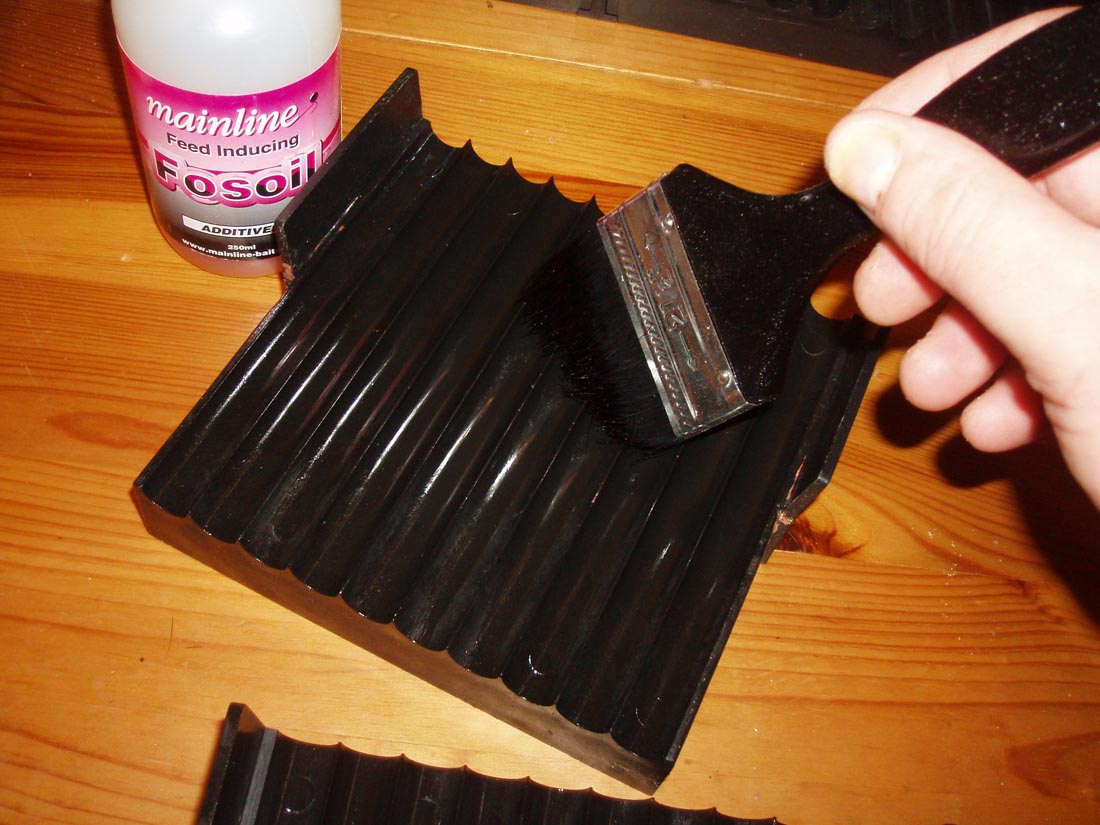
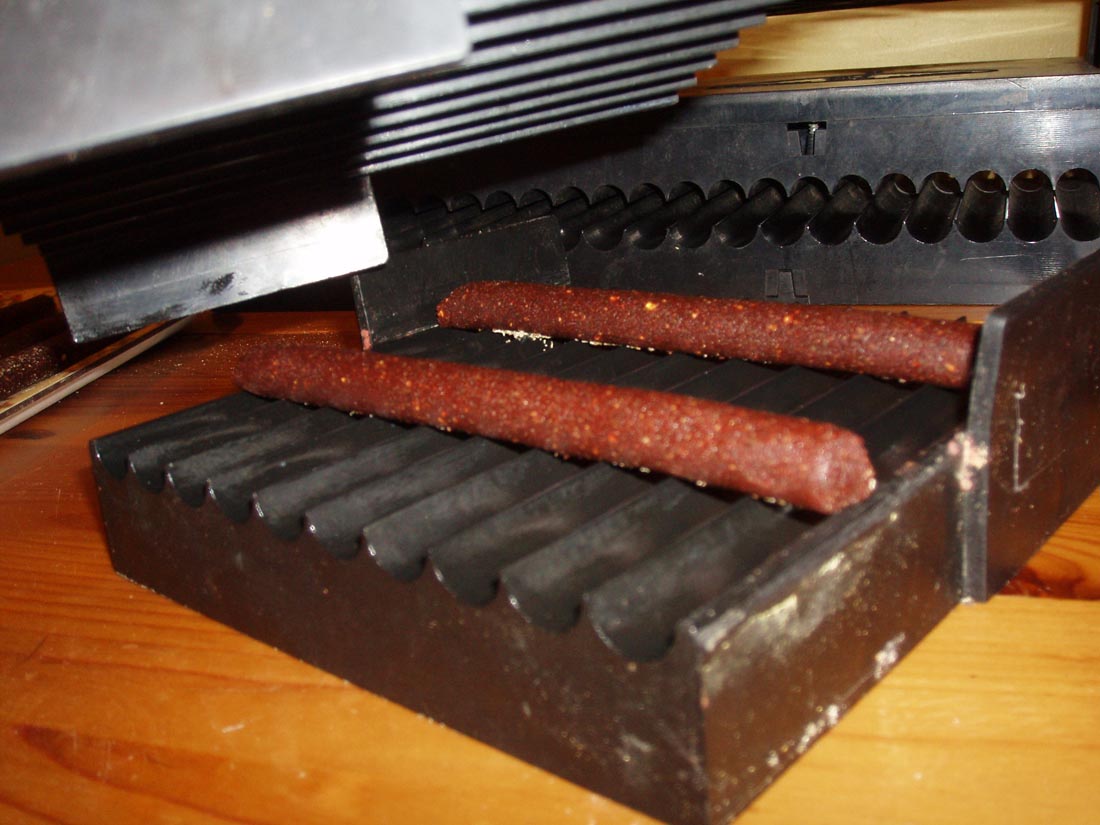
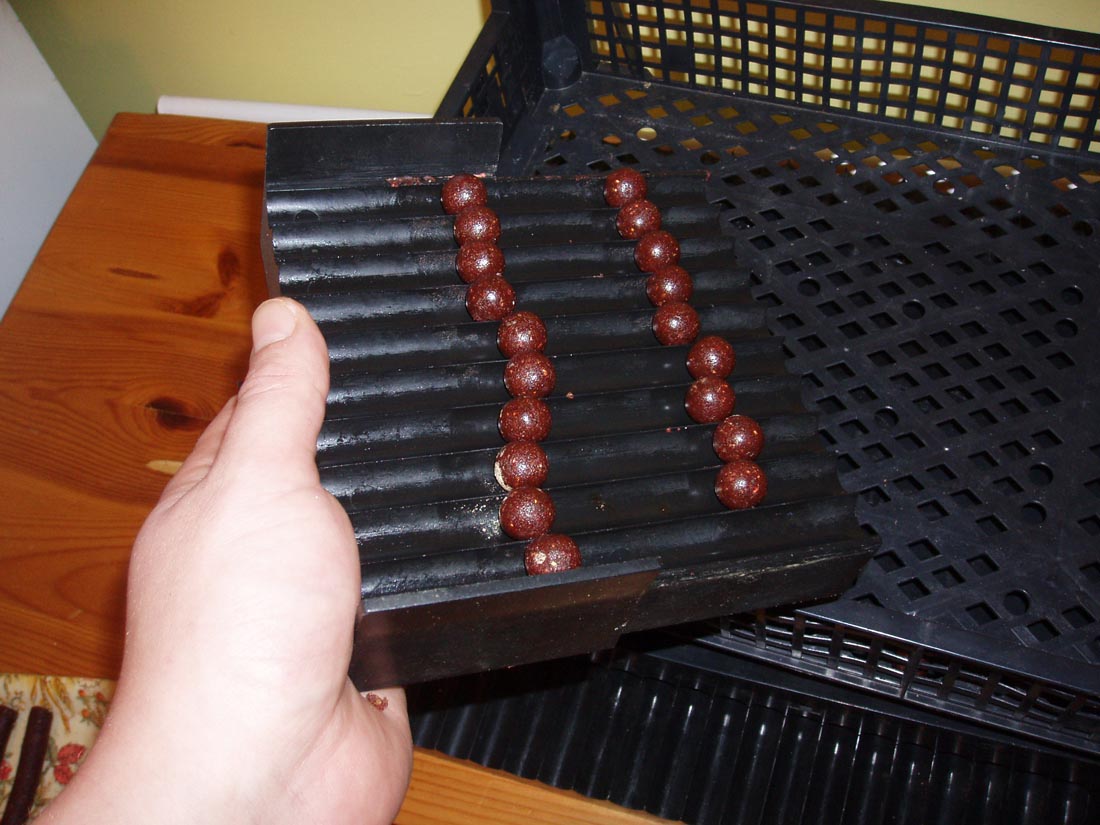
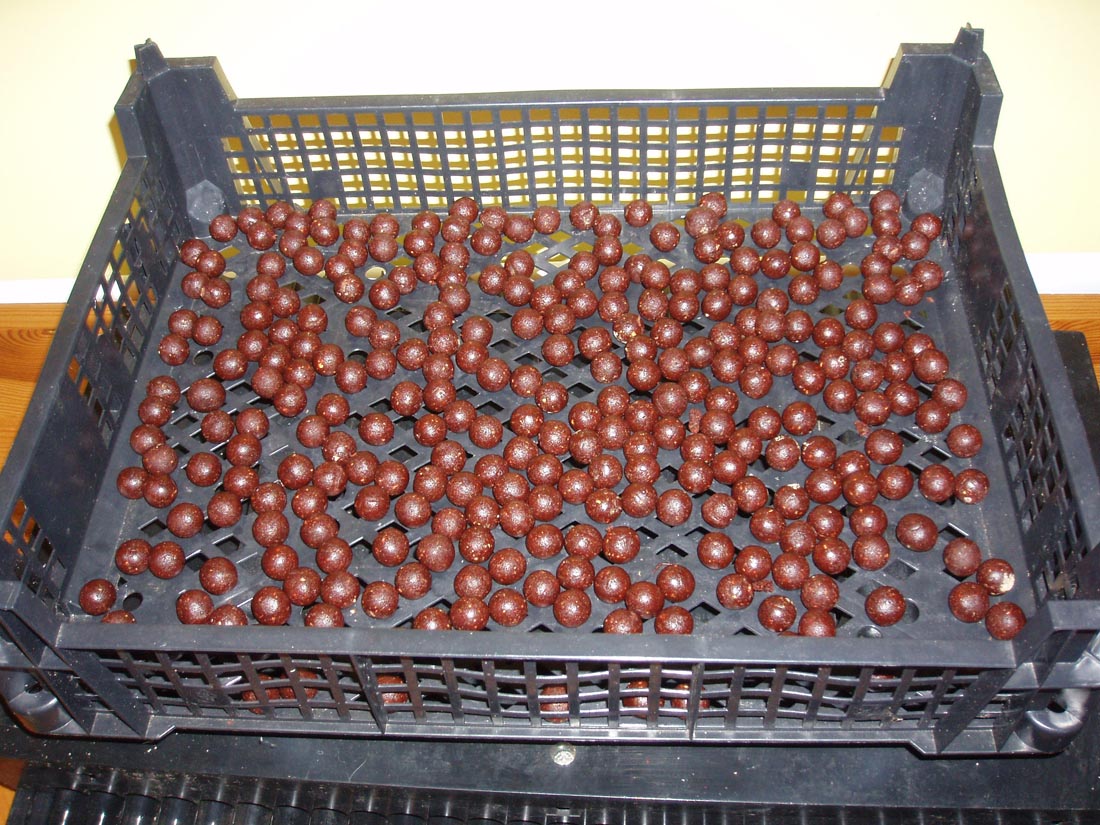
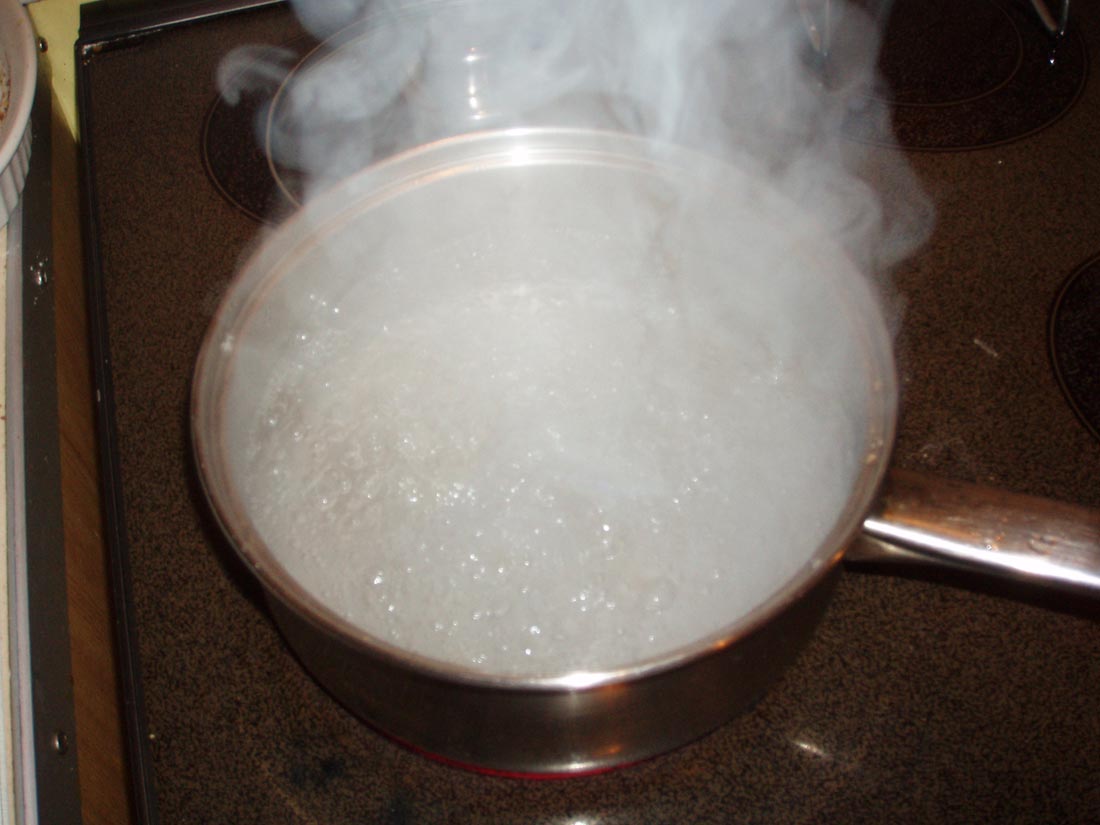
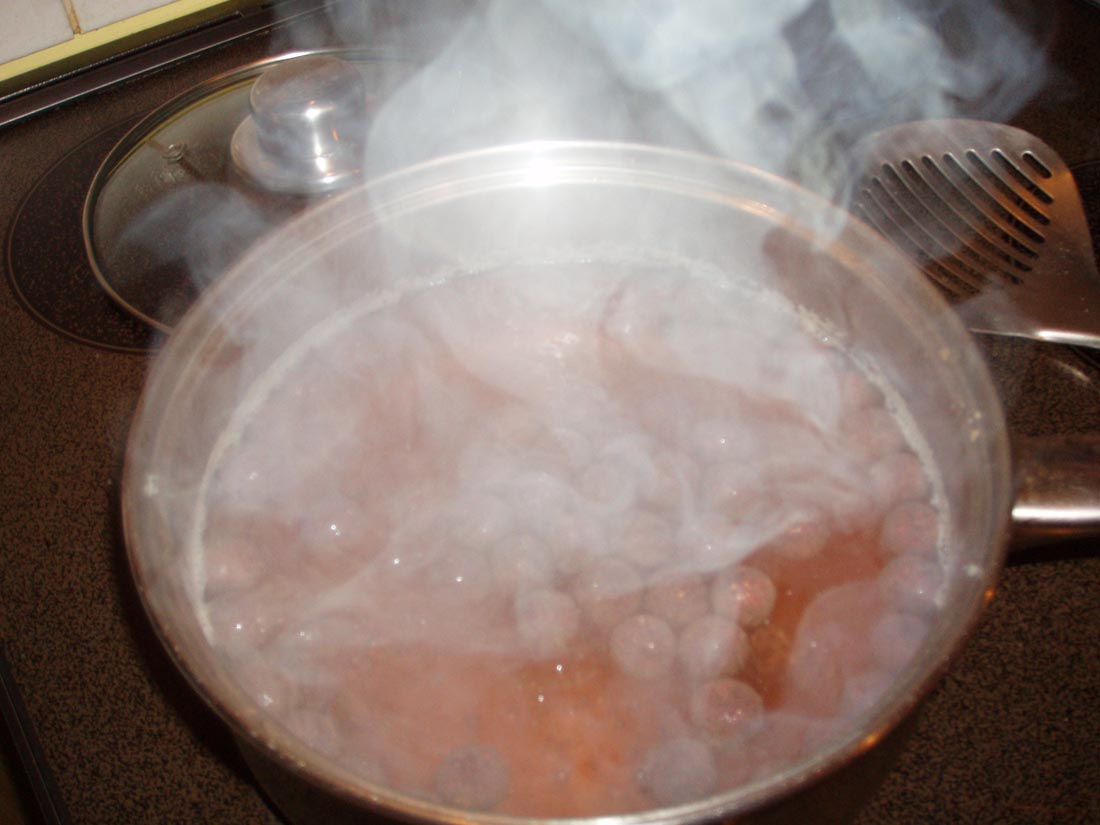
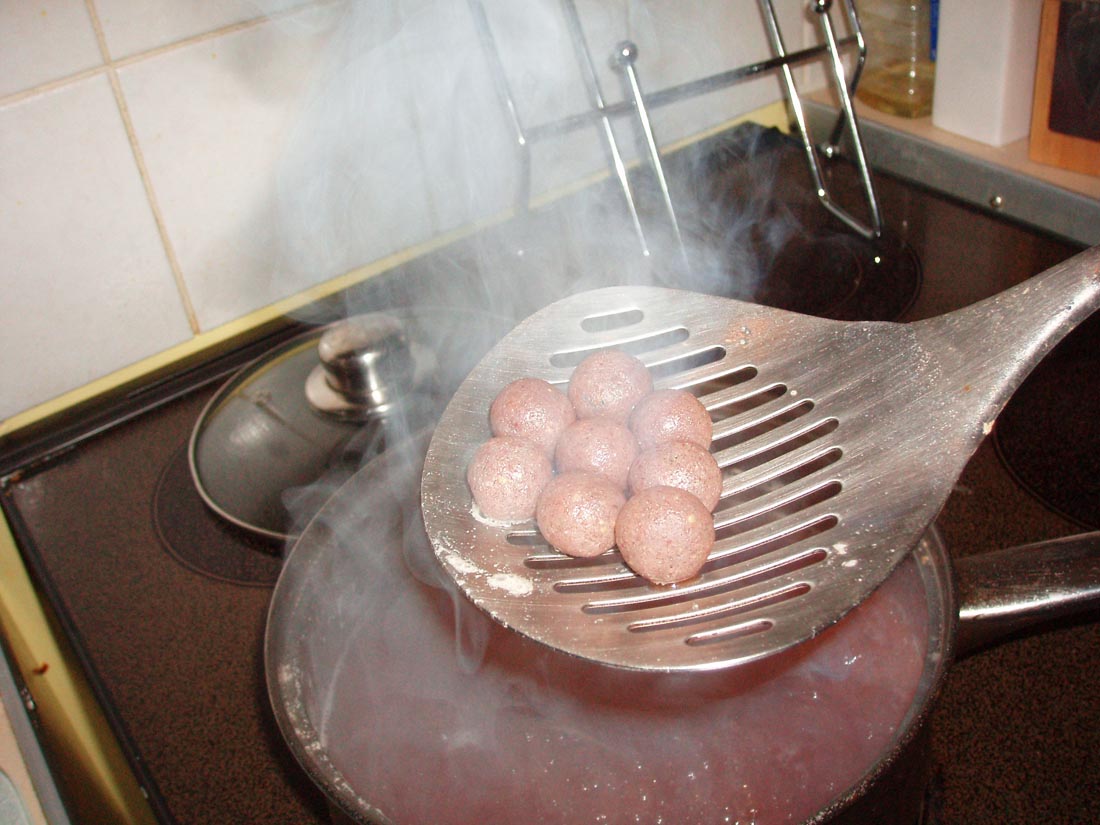
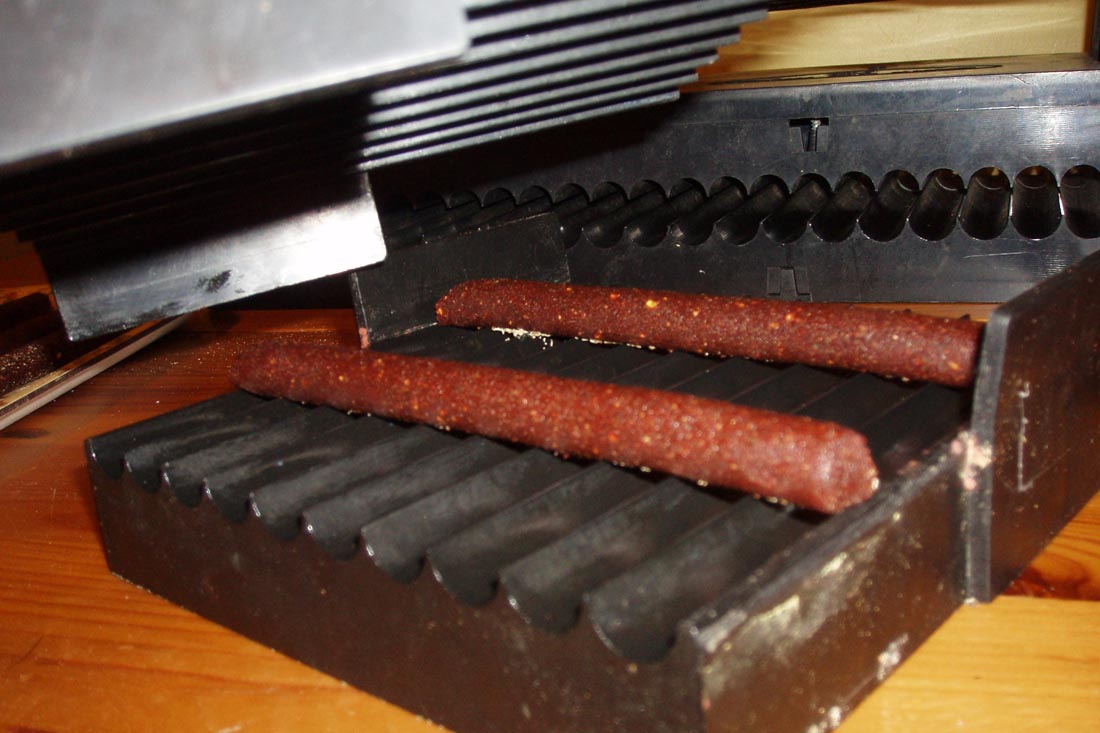
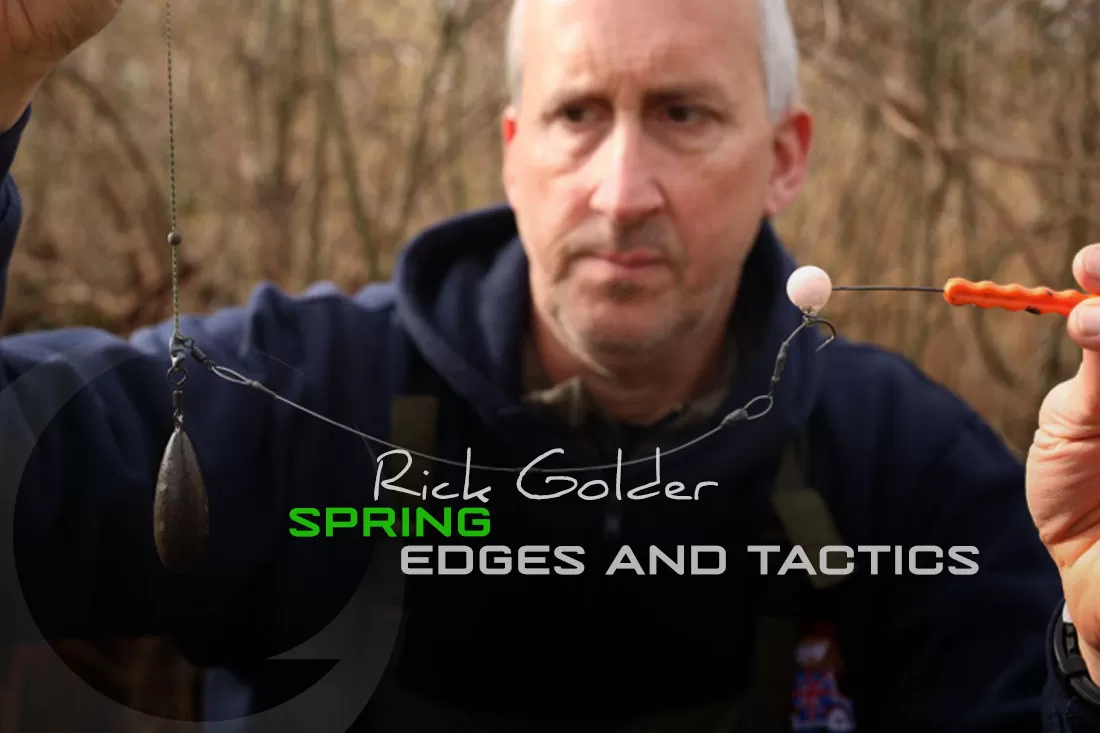
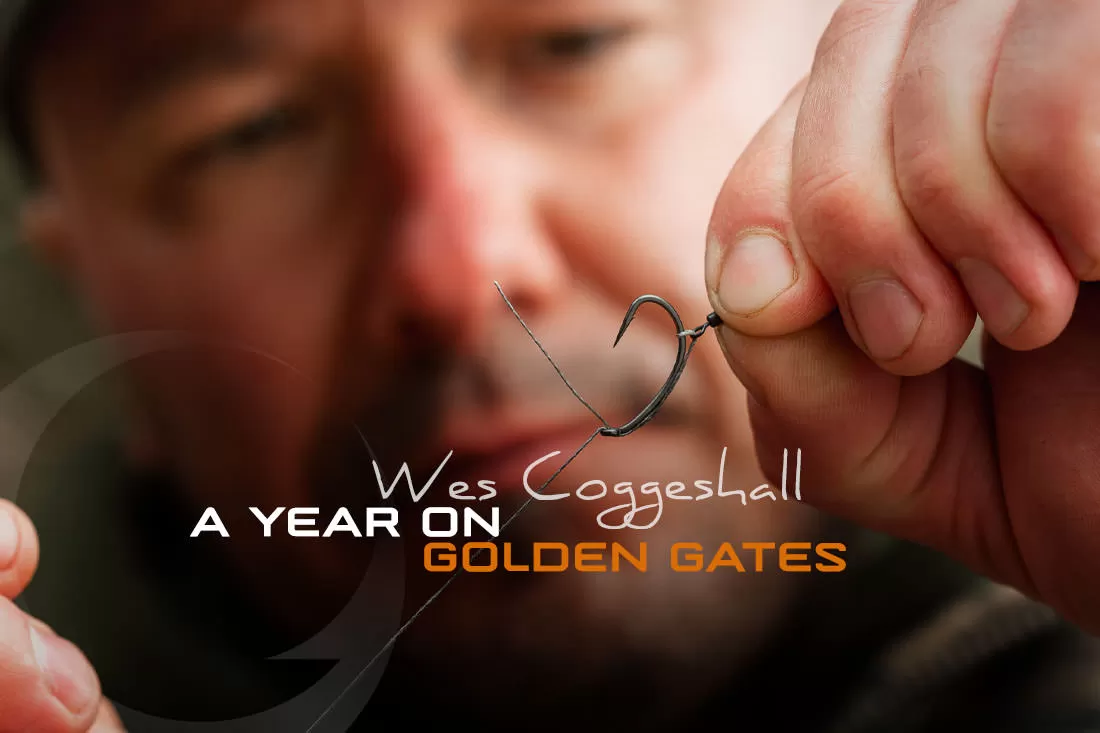
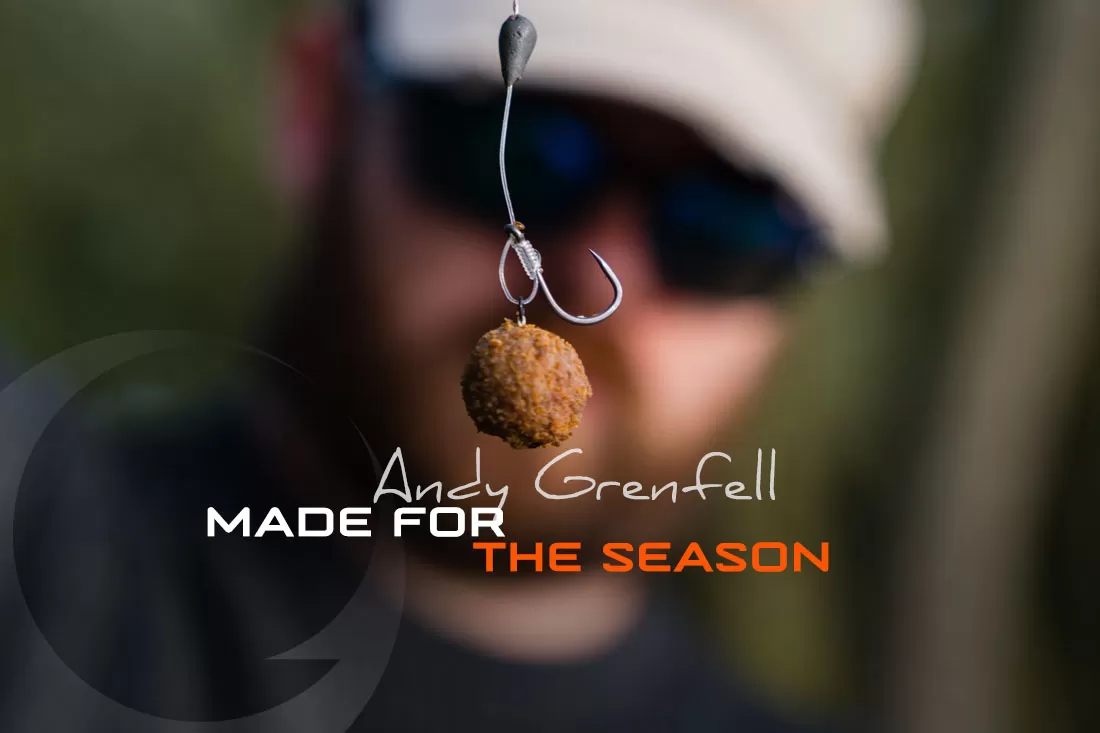
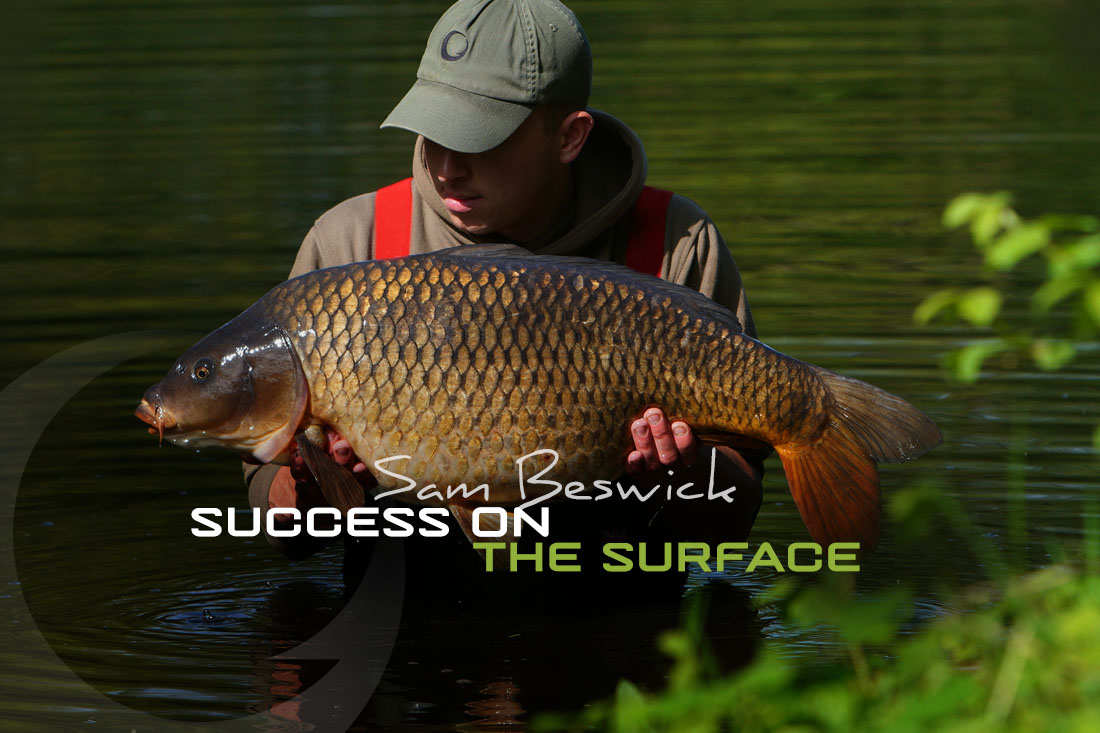
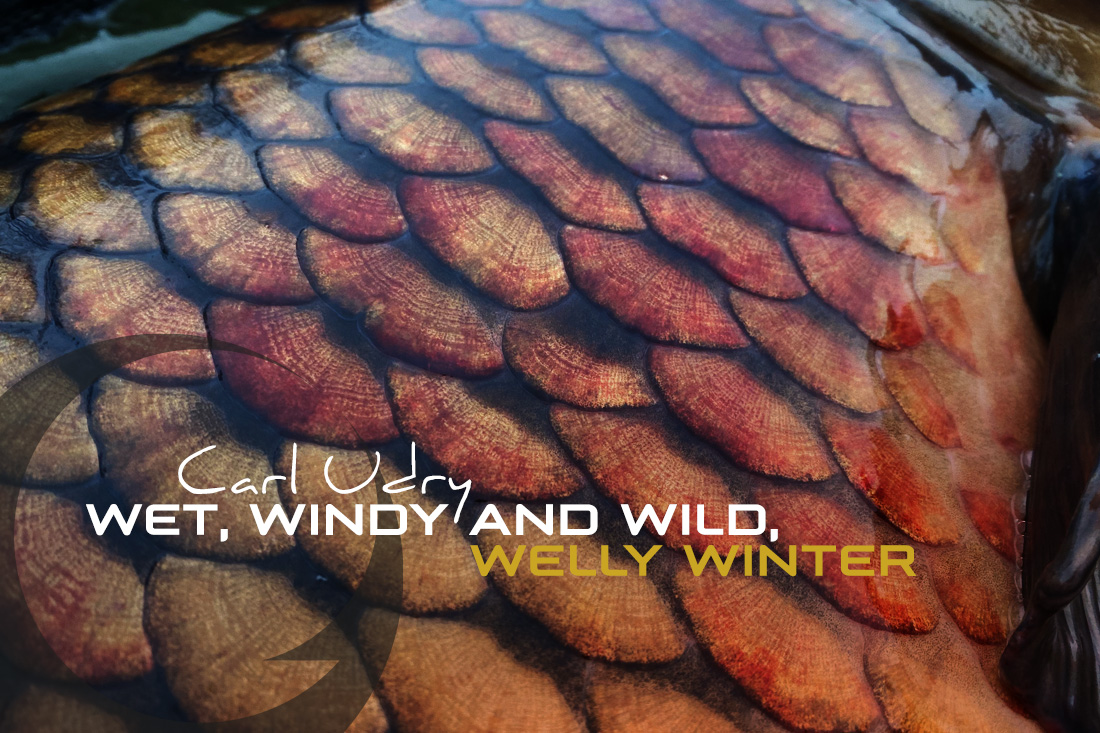

Leave A Comment